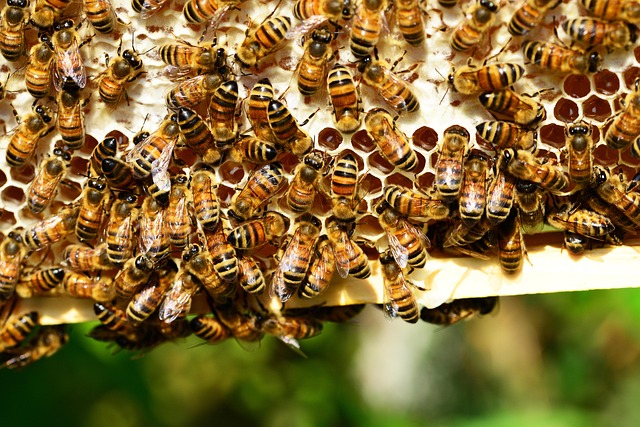Glulam, a sustainable structural material made from bonded wood veneers, offers high strength-to-weight ratios and environmental benefits. Its durability and minimal waste generation make it ideal for modern architecture, streamlining construction processes while enhancing green building solutions. With advanced processing techniques, glulam allows for complex geometric shapes, opening new creative avenues in architectural design. As an eco-friendly game changer, glulam is poised to revolutionize structural materials, blending strength, versatility, and aesthetic appeal with minimal environmental impact.
“Glulam, a composite material revolutionizing construction, offers exceptional structural strength. Traditionally used in high-end architecture, its environmental footprint raises concerns. This article explores ecological alternatives to glulam, delving into sustainable materials and production methods that mitigate environmental impact. We dissect the future of structural solutions, highlighting advantages and innovative applications, as we aim to promote environmentally conscious building practices.”
- Understanding Glulam: Traditional Uses and Environmental Impact
- Exploring Sustainable Alternatives: Materials and Production Methods
- The Future of Structural Solutions: Advantages and Applications
Understanding Glulam: Traditional Uses and Environmental Impact
Glulam, short for glued lamina, is a structural material composed of multiple layers of wood veneers bonded together with adhesives. Traditional uses of glulam include building frames, bridges, and other construction applications where strength-to-weight ratio is crucial. Its environmental impact has been a growing concern due to the depletion of natural forests and the carbon footprint associated with both the harvesting and processing of wood.
As a green building solution, glulam offers unique design possibilities. The long-lasting properties of glulam, which can withstand extreme weather conditions and have minimal dimensional stability issues, make it an attractive alternative to conventional building materials. This versatility not only reduces construction waste but also contributes to the overall sustainability of modern architecture.
Exploring Sustainable Alternatives: Materials and Production Methods
In the pursuit of sustainable construction practices, architects and builders are continually exploring eco-friendly alternatives to conventional building materials. One promising area of interest is the use of glulam (gluten-free laminates), a renewable resource that offers remarkable strength and versatility in modern architecture. By leveraging advanced wood processing techniques, glulam production methods have evolved to meet the demands of contemporary design while minimizing environmental impact.
This shift towards sustainable alternatives does not compromise structural integrity or aesthetic appeal. In fact, glulam’s unique properties enable innovative glulam design possibilities, such as complex geometric shapes and curved structures that were once challenging to achieve with traditional building materials. Furthermore, glulam panelization for efficient construction has gained traction in the industry, offering faster installation times, reduced material waste, and enhanced structural performance. This modern architecture glulam approach not only contributes to a greener built environment but also opens up new avenues for creative and functional design solutions.
The Future of Structural Solutions: Advantages and Applications
The future of structural solutions is bright and green with the rise of ecological alternatives like eco-friendly glulam. This innovative material offers a sustainable option for various applications, from construction to furniture design. Glulam, known for its exceptional strength and versatility, undergoes rigorous quality control during manufacturing to ensure superior performance and safety. Its ability to be shaped into complex geometries makes it ideal for glulam engineering, enabling the creation of unique architectural features and artistic structures that blend aesthetics with functionality.
Compared to traditional building materials, eco-friendly glulam alternatives contribute to a reduced environmental footprint. The manufacturing processes involved in producing glulam focus on sustainability, utilizing renewable resources and minimizing waste. As a result, glulam becomes an attractive option for projects aiming to achieve green certifications and promote environmentally responsible construction practices. With its versatility, strength, and eco-conscious production methods, glulam is poised to play a significant role in shaping the future of sustainable structural solutions.
In light of the growing demand for sustainable construction materials, exploring ecological alternatives to glulam is more crucial than ever. By understanding the environmental impact of traditional glulam and investigating innovative materials like cross-laminated timber (CLT) and advanced composite solutions, we can navigate towards a greener future. The benefits of these alternative structural systems, including reduced carbon footprint and enhanced durability, offer exciting prospects for the construction industry. As we look ahead, embracing these eco-friendly options will not only contribute to sustainability but also shape the way we build, ensuring a more harmonious relationship between architecture and nature.







